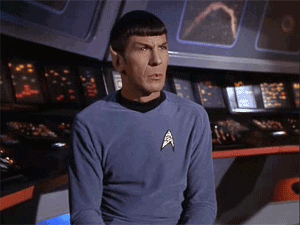eternumviti
Insufficient privileges to reply.
I've never been. What's the best way to get there from Manchester?
Probably via Paris Orly. Certainly don't attempt to go direct, it'll take weeks.
I've never been. What's the best way to get there from Manchester?
.....PS. Norwich is a fine city
... I’m also pretty much locked into a DSLR system regardless because I’ve spent many years acquiring a bag full of various Nikon lenses, some of which date to the 1960s.
Didn't Norwich once boast the same number of pubs and churches, and there were a lot of pubs?
I feel a littl hacked that the new Nikon mirrorless will have a new, larger lens mount. Perhaps there will be an adaptor for the F-mount lenses.
In the 80s I was told 52 churches and 365 pubs.

Mr. Perceptive,
Medium format from Nikon? That made my eyebrow go up all quizzical-like. But I'm guessing that like the Fuji GFX it ain't gonna be cheap.

Does anyone know why larger sensors are still so expensive? I'm not asking why a larger sensor (e.g, 24 x 36mm) is more costly to produce than a smaller one (e.g.,16 x 24mm). That one I know to answer to. I'm wondering why sensors only 50% bigger than full frame ones, give or take, are so stupidly expensive.
Joe
In the 80s I was told 52 churches and 365 pubs.
Does anyone know why larger sensors are still so expensive? I'm not asking why a larger sensor (e.g, 24 x 36mm) is more costly to produce than a smaller one (e.g.,16 x 24mm). That one I know to answer to. I'm wondering why sensors only 50% bigger than full frame ones, give or take, are so stupidly expensive
I'm guessing the higher price of medium format sensors must be attributable to lower volume. Just a quick example, when you match pixel count (well, almost), the camera with the bigger sensor is almost double the price —
The Bell, as it was in the 80s, was on five floors. Meeting RAF mates in there before the days of mobiles was a bit hit or miss. Especially after a gallon of wifebeater.That seems like a reasonable balance, a church will hold more people than a pub after all.
Another mostly pointless video about the new mount.
Joe
